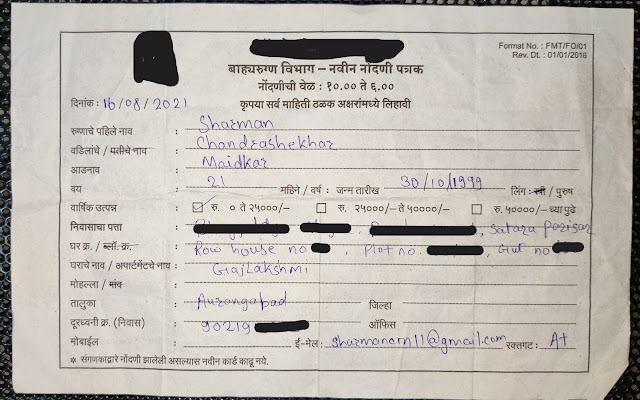Miller's Law: Why We Can Only Remember So Much
Have you ever tried to remember a long list of things, like all the planets in our solar system or the names of every U.S. state? It can be tough to remember everything, and that's because of something called Miller's Law.
What is Miller's Law?
Miller's Law is a concept introduced by psychologist George A. Miller in 1956. He argued that the capacity of our working memory is limited to a certain number of chunks of information, which he estimated to be around 7, give or take 2. In other words, we can only hold a bunch of information in our working memory at any given time. Beyond that limit, our brains struggle to process and retain information effectively.
Working memory is part of our memory system that allows us to store and manipulate information temporarily. We use it to keep track of a phone number long enough to dial it or to remember the sequence of steps involved in solving a complex problem. Unlike working memory, long-term memory is different. It is where we store information for a longer duration.
How does Miller's Law work?
Miller's Law revolves around the theory of chunking, which is the grouping process of individual pieces of information into larger, more meaningful units. For example, if you were trying to remember a list of random letters like "L, M, N, O, P, Q, R," you could chunk them into the sequence "LMNOPQR," which is easier to remember as a whole.
When we use chunking to store information in our working memory, we can effectively increase the amount of data we can hold in our minds at any given time. However, there is still a limit to how many chunks we can capture. Miller's Law suggests that the average person can hold around seven items in their working memory, with some people able to capture more and others less.
George A. Miller used the expression "the magical number seven" rhetorically.
Why does Miller's Law matter?
Miller's Law has crucial implications for various areas, from education to marketing to everyday life. Understanding the limits of our working memory can help us to design more effective learning experiences, create more memorable presentations, and even make better decisions.
For example, when designing a presentation or a lesson, it's crucial to keep Miller's Law in mind. If you overwhelm your audience with too much information, they will struggle to retain it all. Instead, try to chunk your content into smaller, more manageable units that are easier to remember. It will help your audience to stay engaged and retain more of what you're saying.
Real-world examples of Miller's Law
Phone numbers
Grocery lists
Passwords
 |
| Navigation Menu of Reebok and Nike Websites. |
Examples that illustrate how designers can apply Miller's Law to improve the user experience:
Navigation Menus
Navigation menus are a critical component of many websites and apps, they can easily become overwhelming if there are too many options. By limiting the number of items in the menu, designers can help users quickly find what they're looking for without getting bogged down in too many choices. For example, a website might limit its main navigation menu to just 5 or 6 items, making it easier for users to remember and navigate.
Form Design
Forms are another area where Miller's Law impacts the user experience. When designing forms, limit the several required fields and group-related fields. By doing so, users can more easily remember what information they need to provide and avoid getting overwhelmed by too many inputs to fill out. Additionally, designers can use visual cues like icons or labels to help users understand what information is required and what is optional.
Onboarding Flows
It is a great situation to apply Miller's Law and help users quickly learn how to use a new app or service. By breaking the onboarding flow into small, manageable steps, designers can help users to feel less overwhelmed and more confident in their ability to use the app. For example, an onboarding flow might start with a simple tutorial on completing a single task, like creating a new account, before moving on to more complex features.
Product Lists
E-commerce websites often rely on product lists to help users find what they want. However, long lists of products can quickly become overwhelming and hard to navigate. To improve the user experience, designers can limit the number of products displayed and use filters or categories to help users narrow their options. By chunking the products into smaller groups, users can more easily remember what they've already seen and find the products that meet their needs.
Miller's Law is a valuable concept for designers to remember when designing user experiences. By limiting the number of options and breaking information into smaller chunks, designers can help users to process and remember more. It can lead to a more effective and enjoyable user experience, which benefits both users and businesses. So the next time you're designing a website, app, or other digital product, remember Miller's Law and consider how to apply it to create a better user experience.
In conclusion, Miller's Law is a powerful concept that can help us to understand the limits of our working memory. By using chunking and focusing on a few key pieces of information at a time, we can work within the limits of our working memory and improve our ability to remember and process information. Whether you're designing a presentation, creating a grocery list, or trying to remember a password, keeping Miller's Law in mind can help you to be more effective and efficient in your daily life. So the next time you find yourself struggling to remember something important, try chunking your information into smaller units and see if it makes a difference!








Comments
Post a Comment